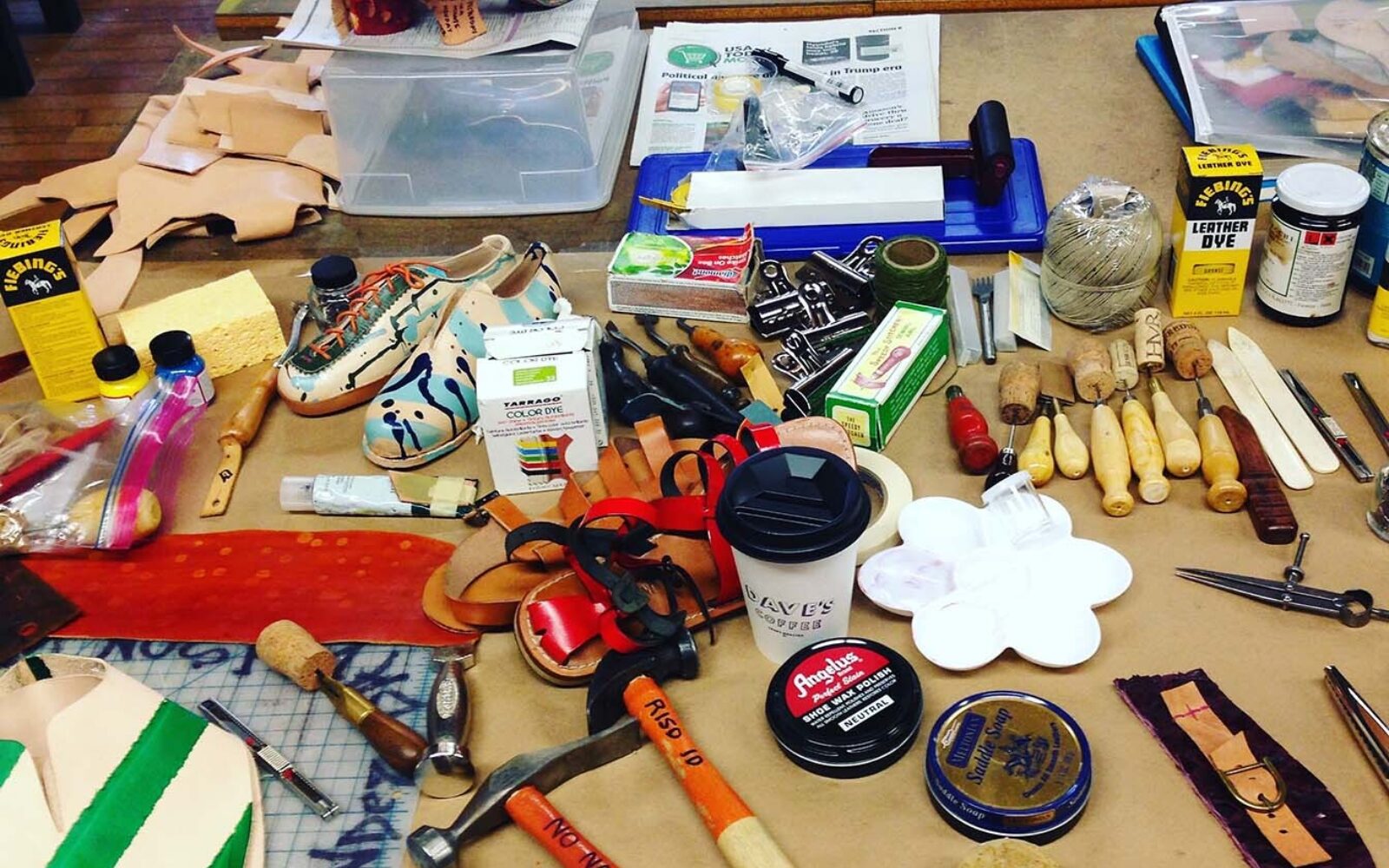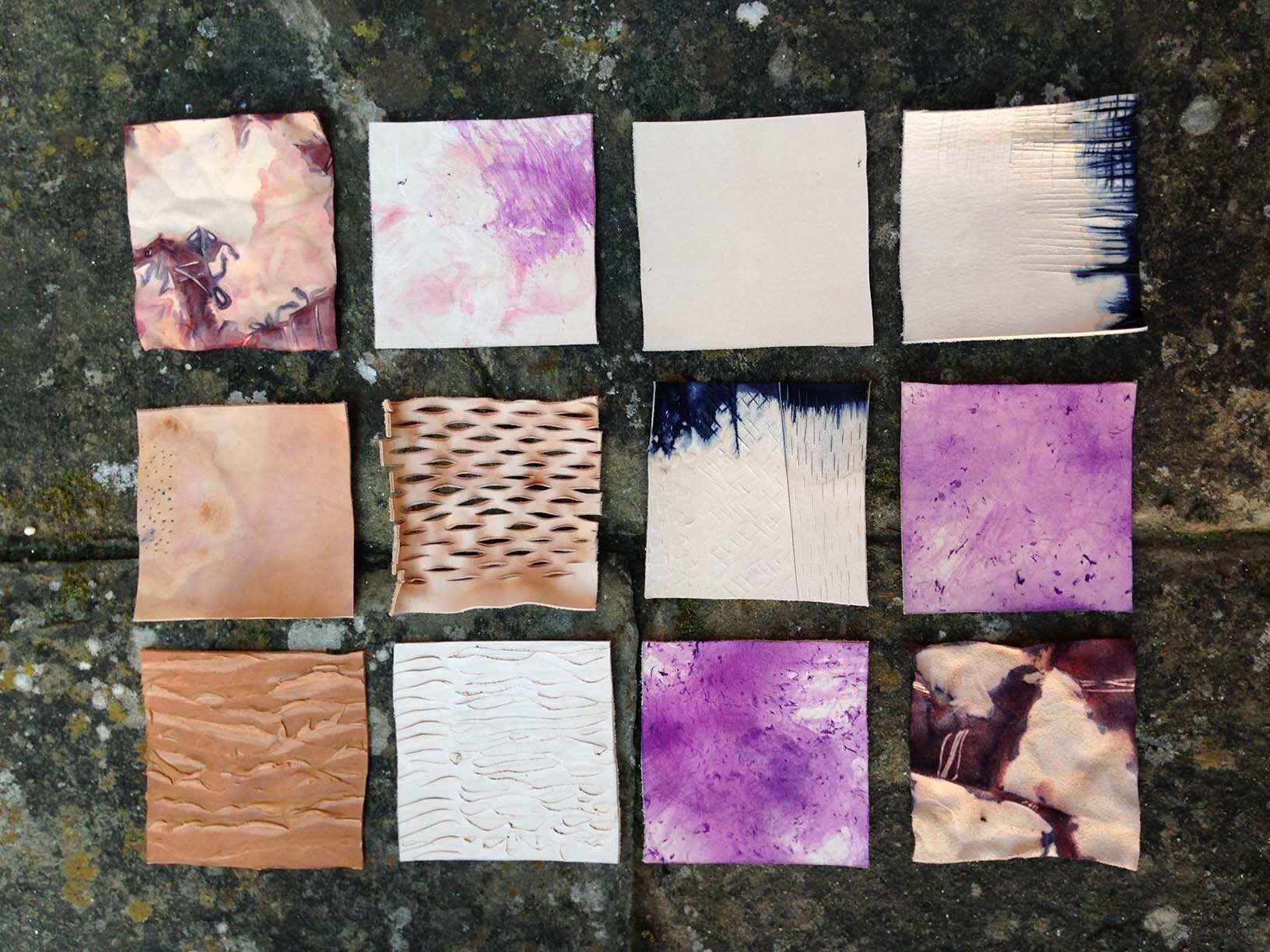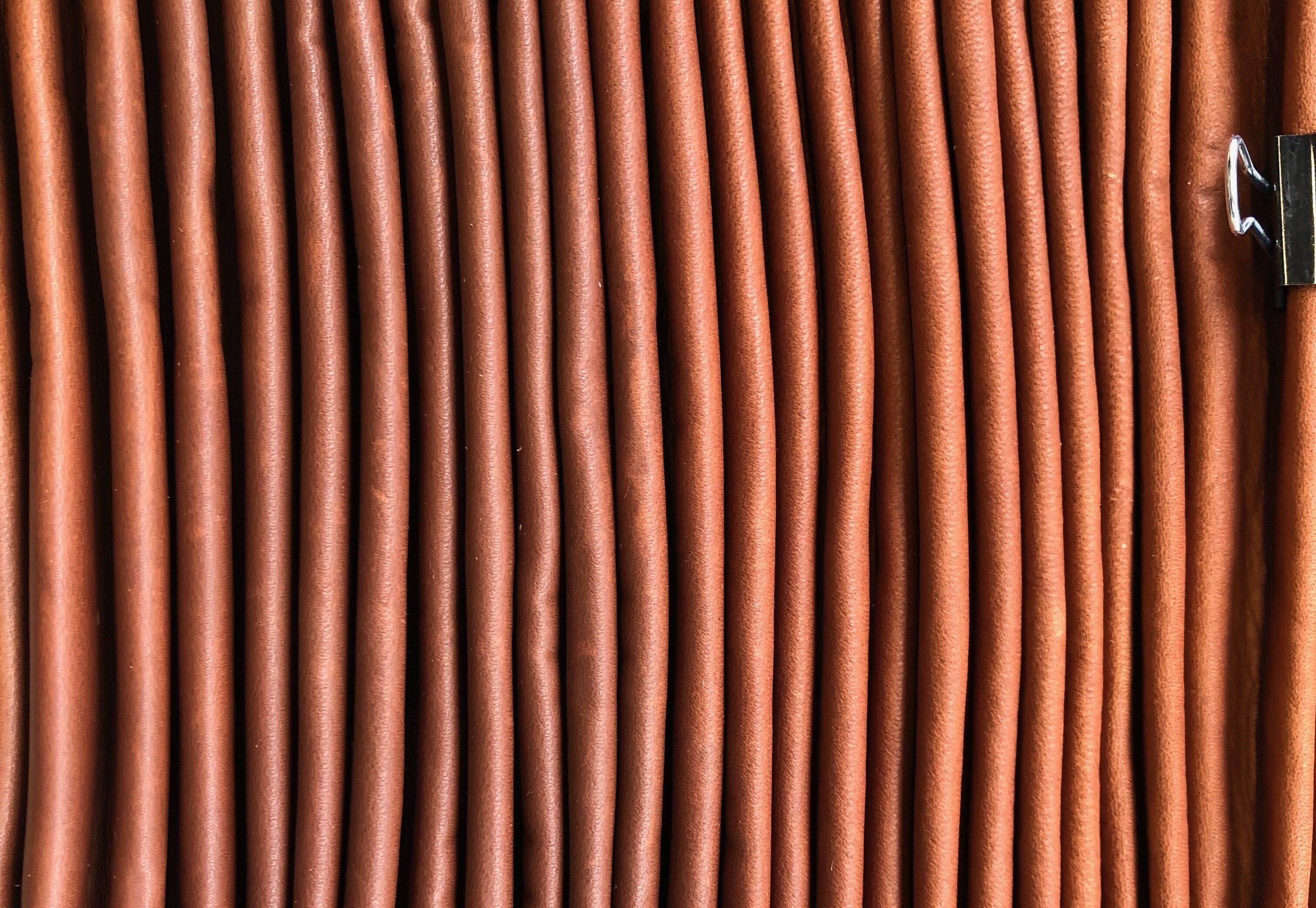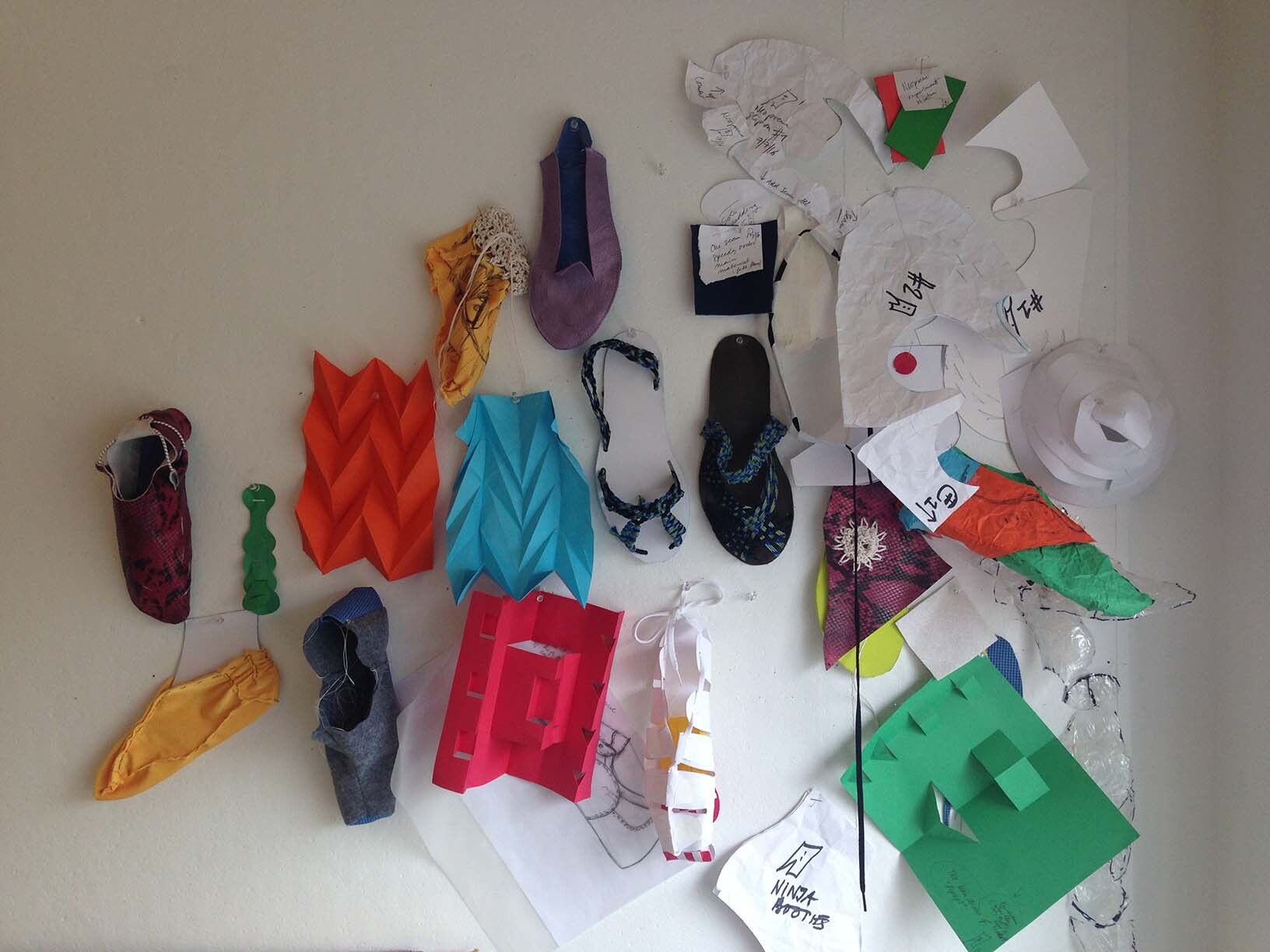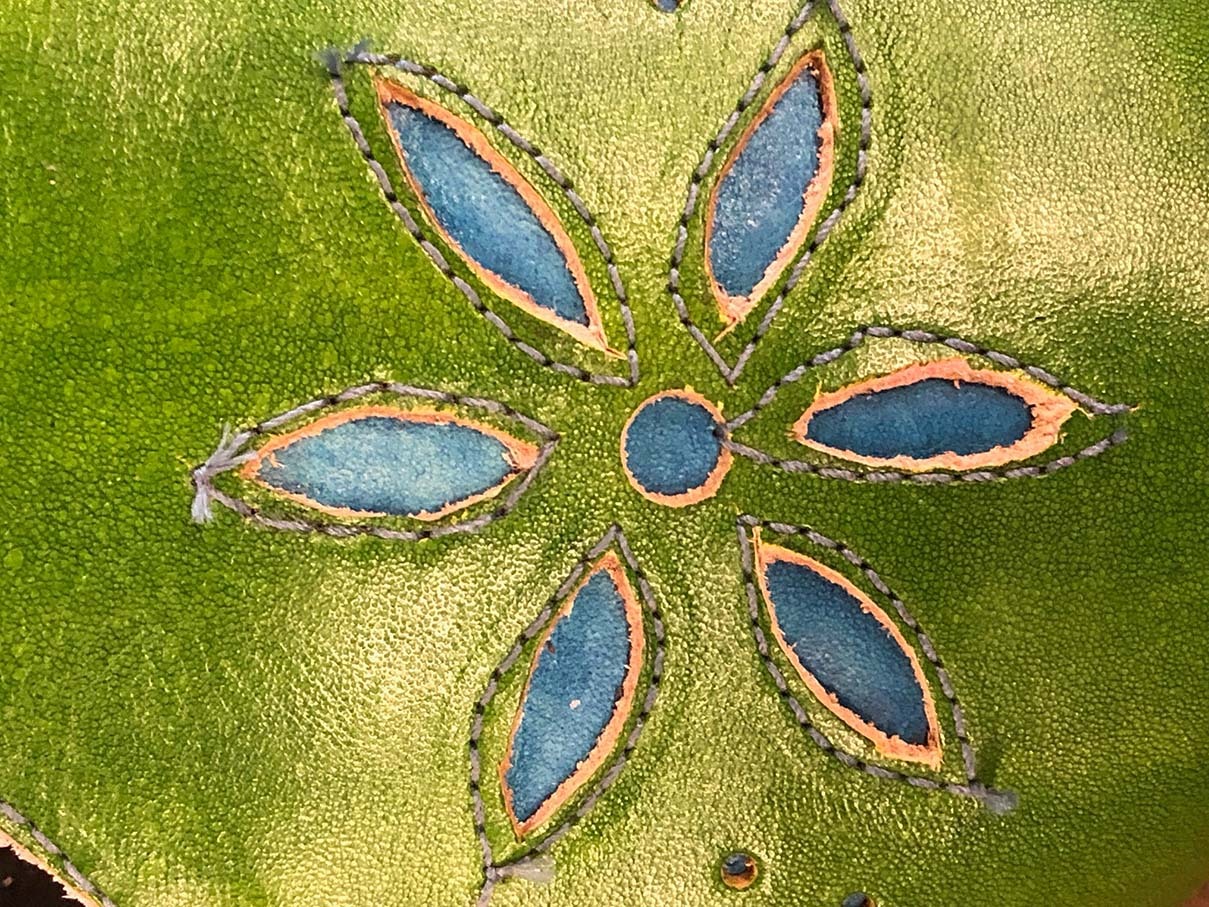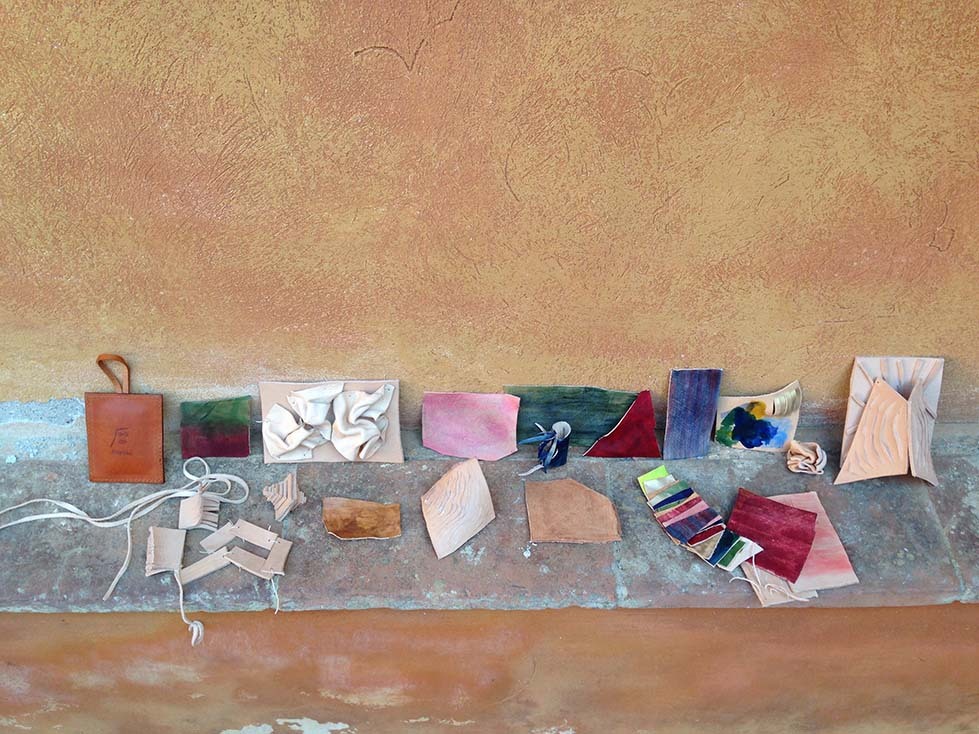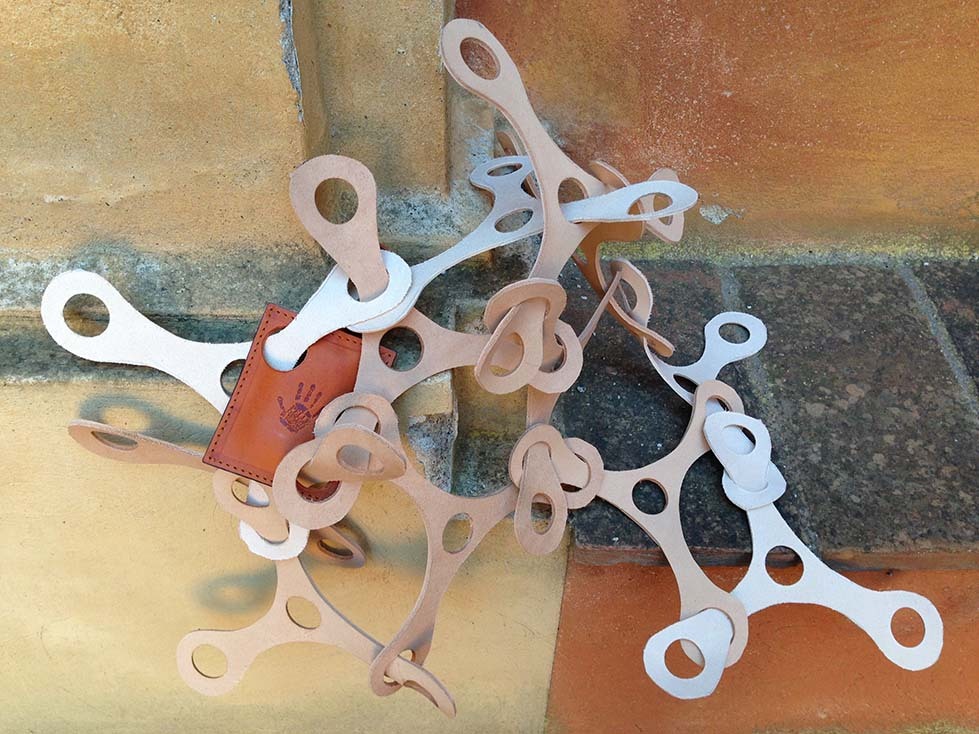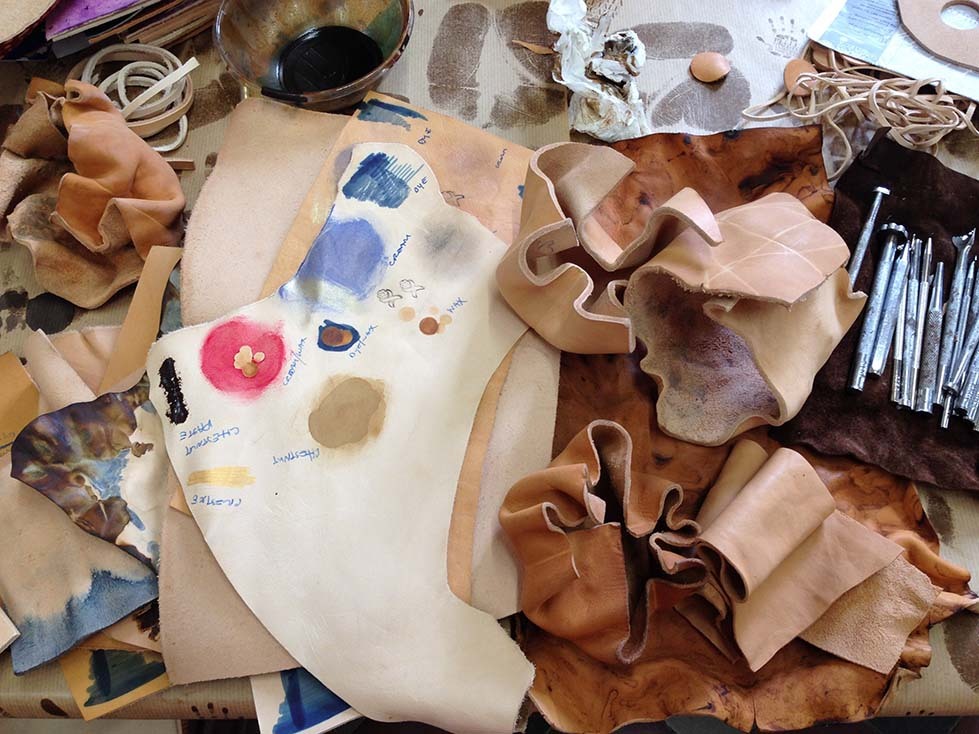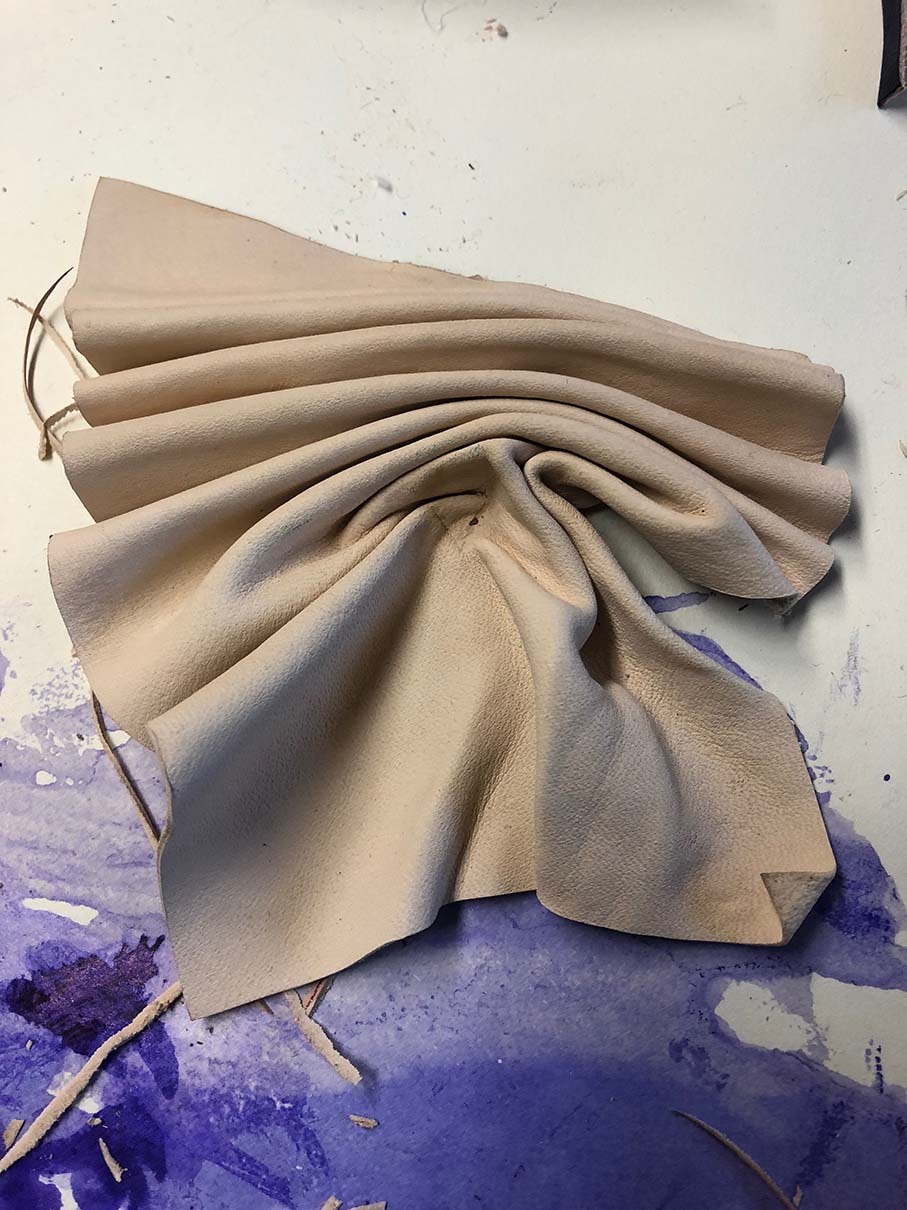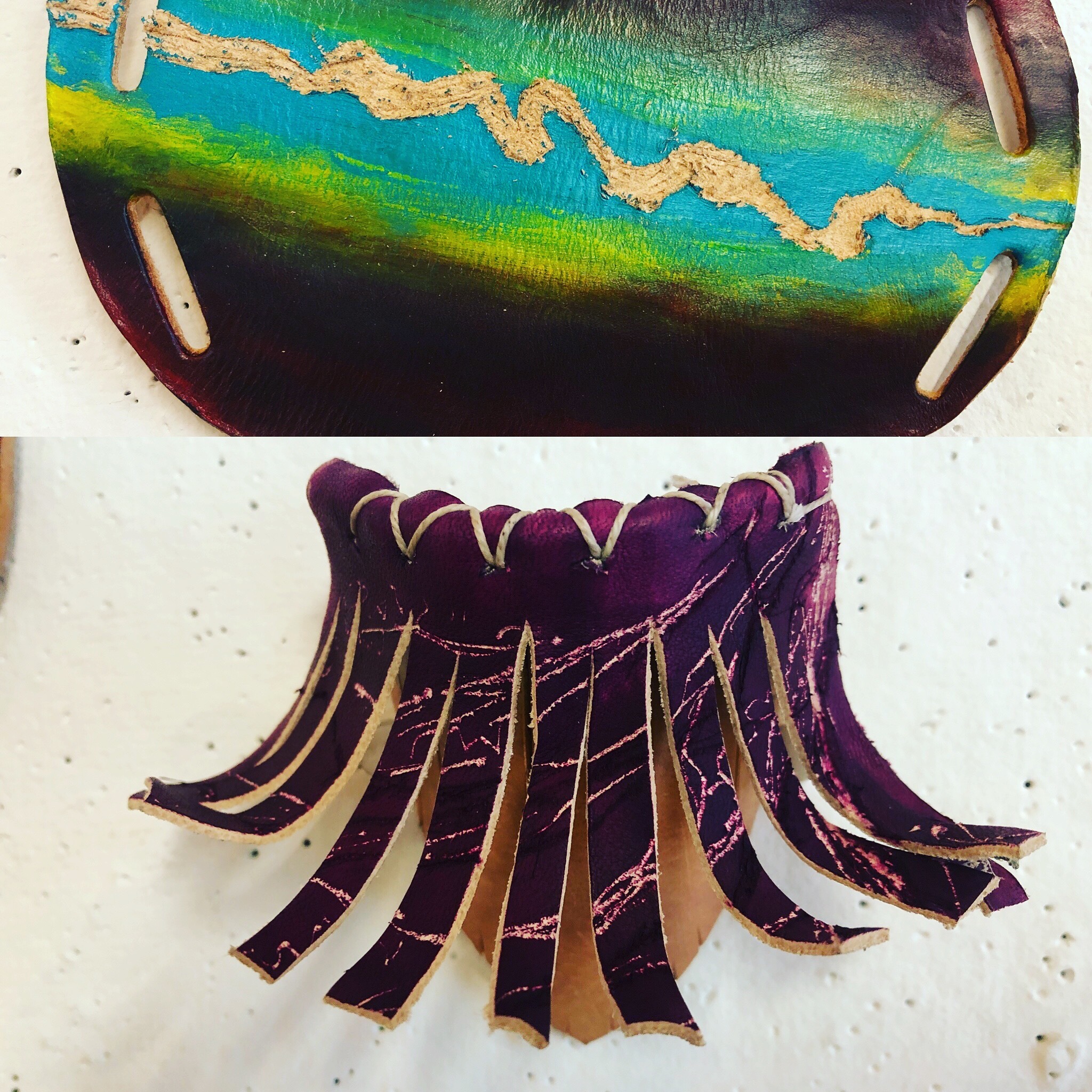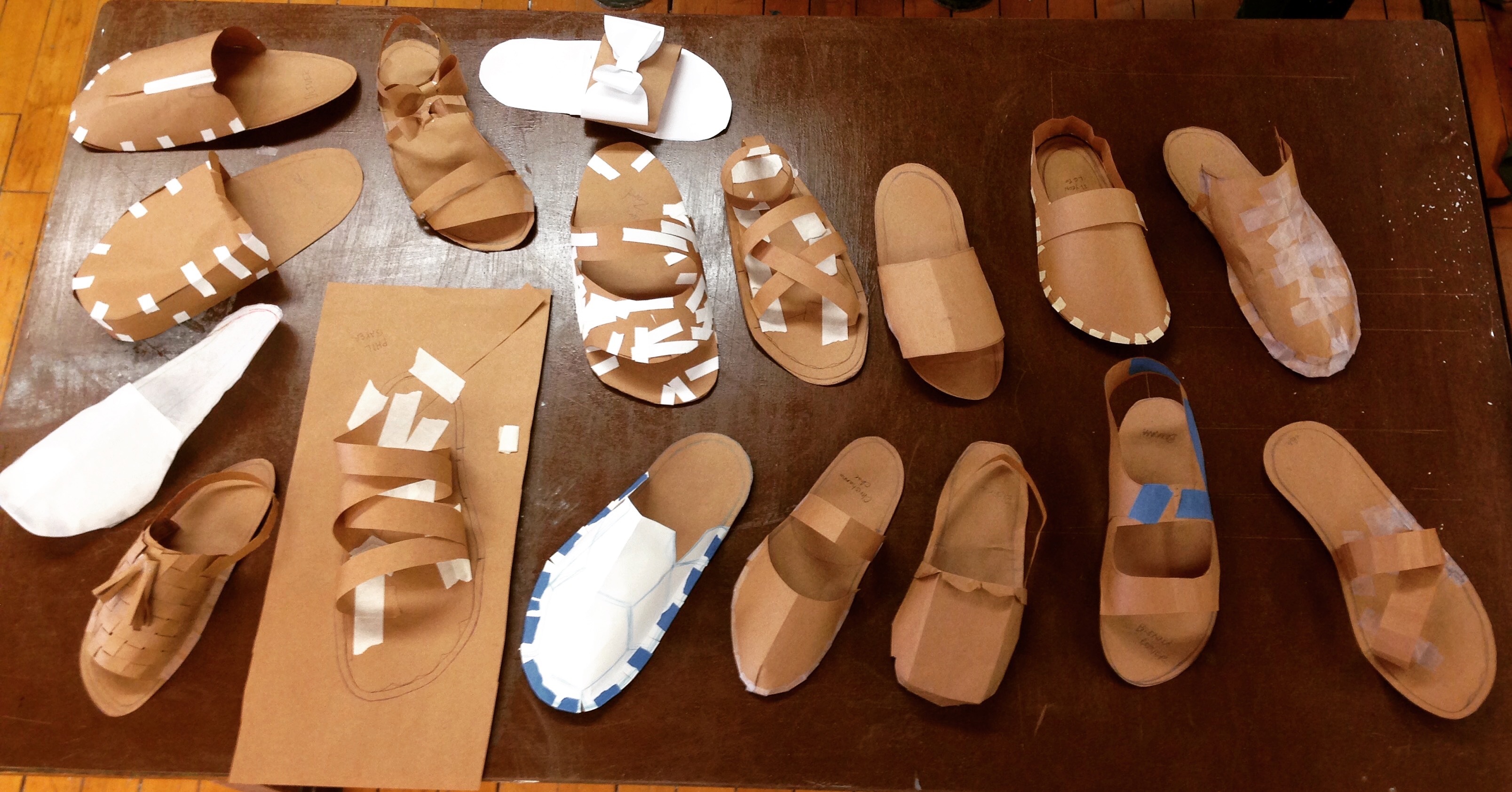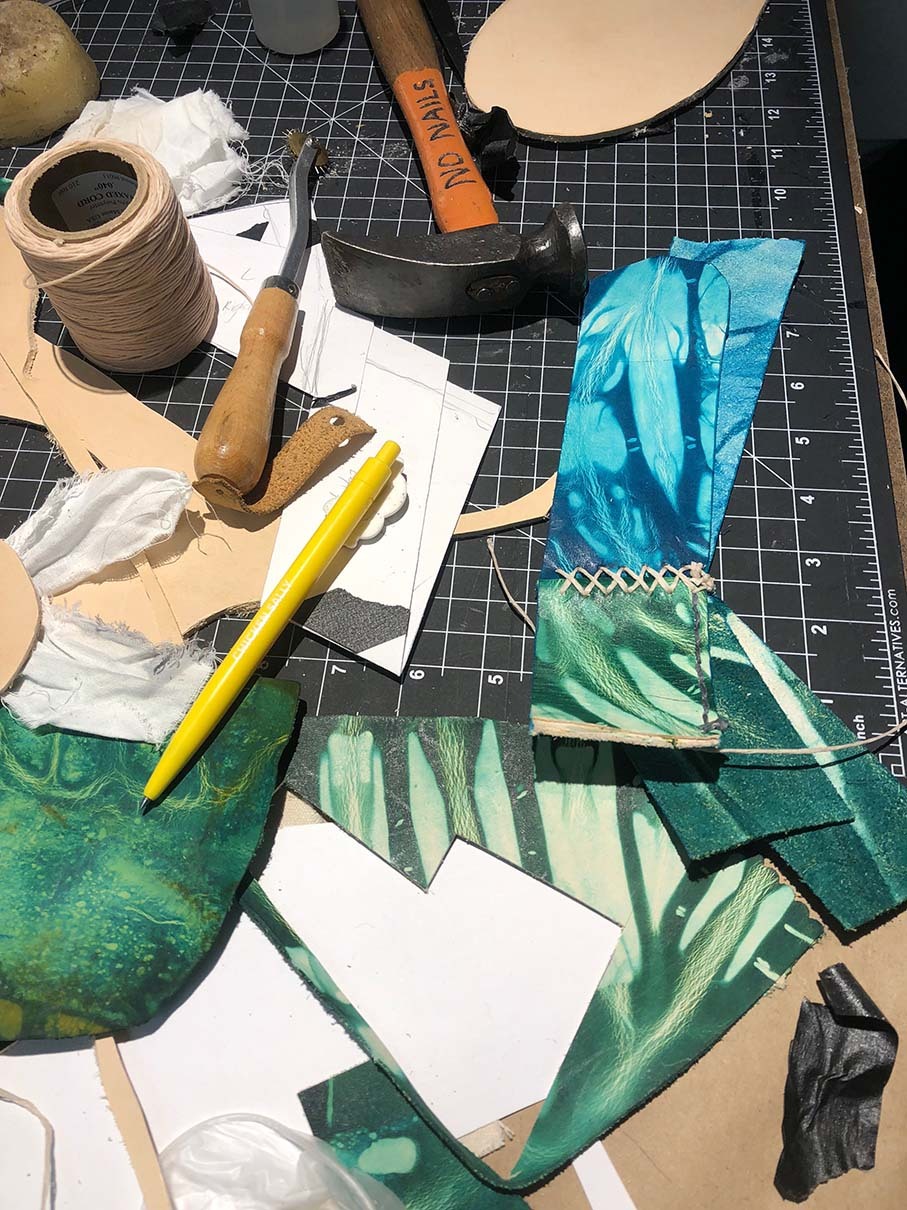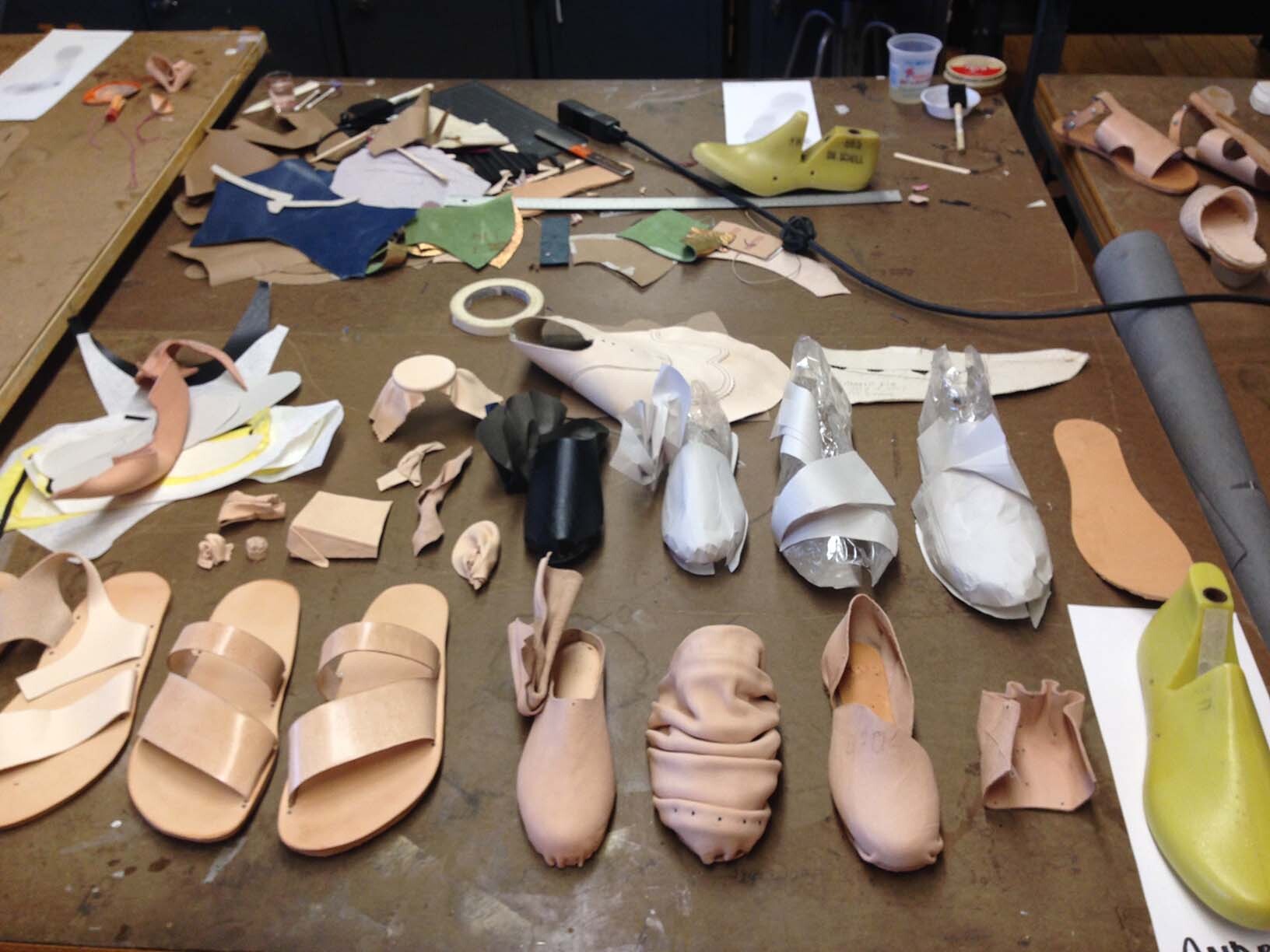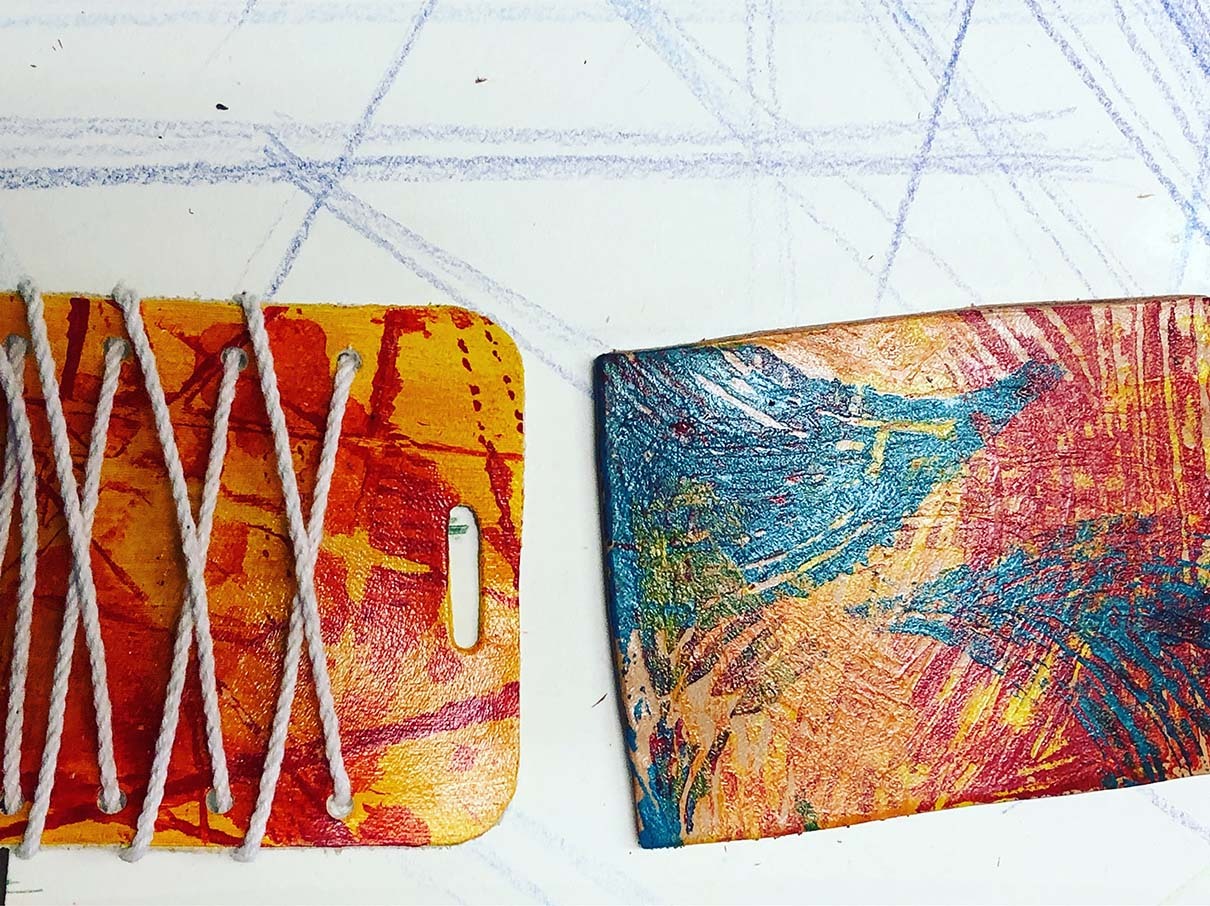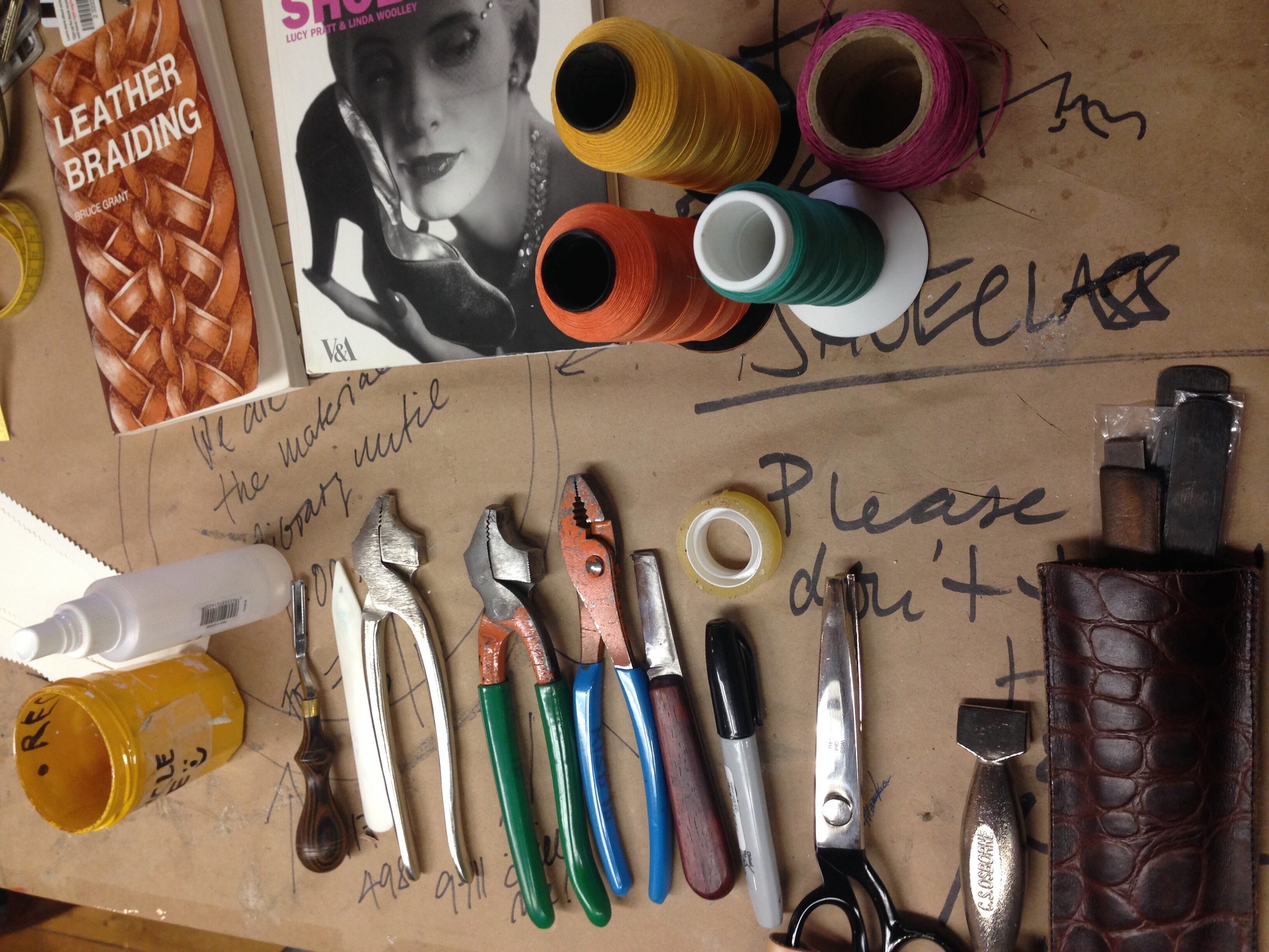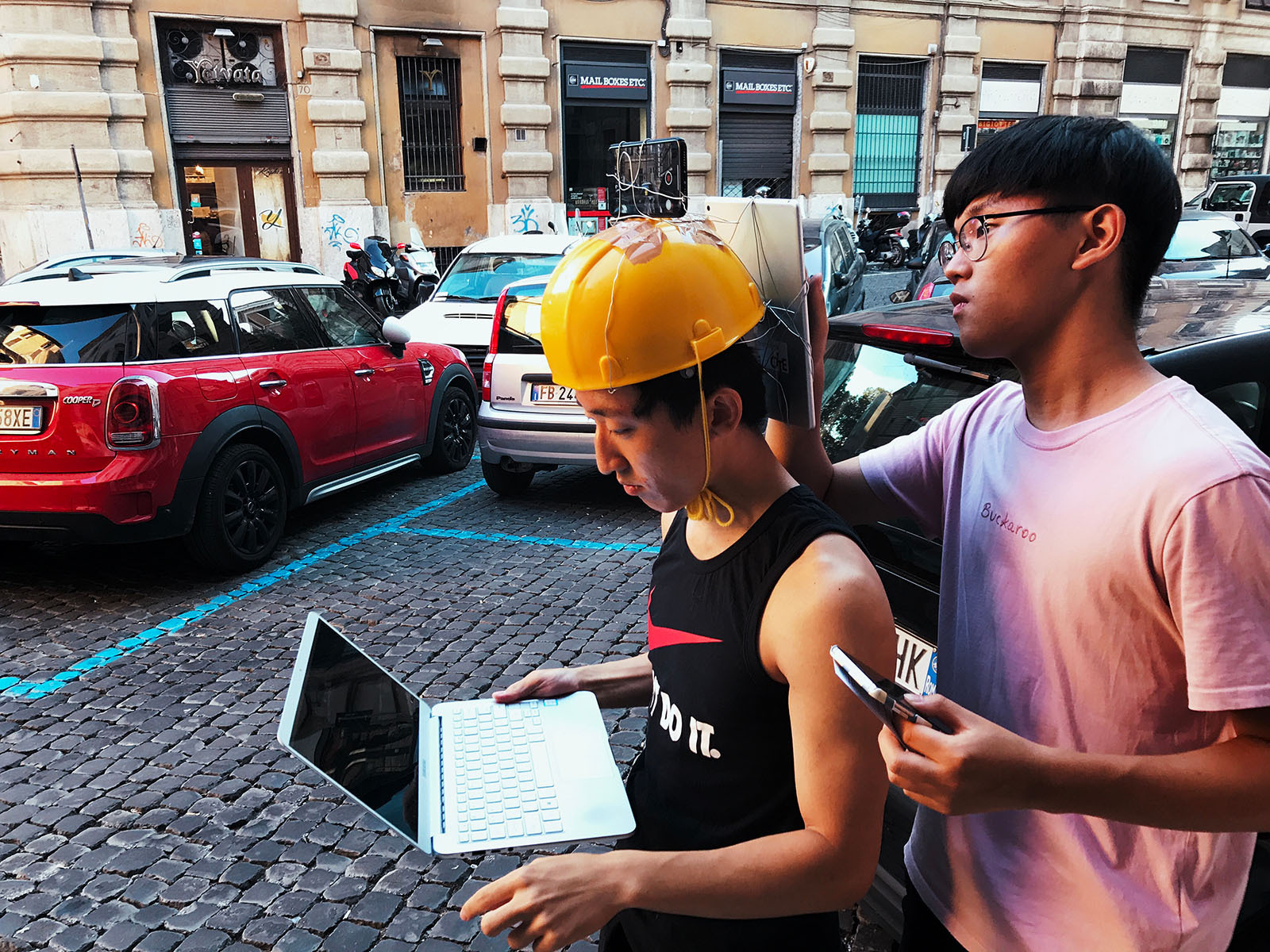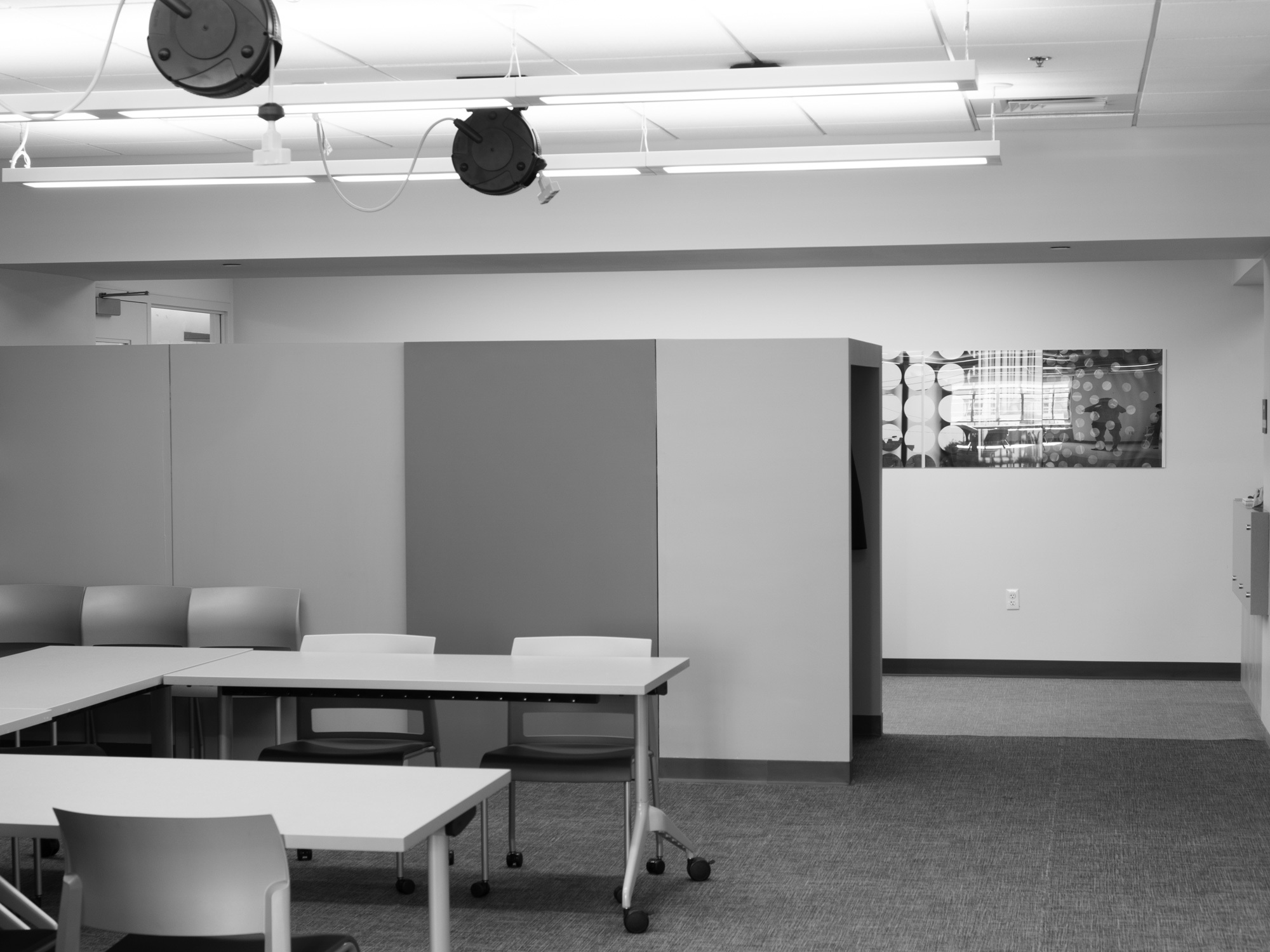About this Travel Course
Course Description
The primary material will be vegetable-tanned leather for its unique properties; it lends itself to tactile explorations of materials and techniques such as dyeing, wet-molding, etching, compression, stretching, folding, shaping. It can be soft and pliable – or hard and rigid. However, students are welcome and encouraged to explore alternative and additional materials throughout the process (=FOUND OBJECTS as a reminder of “MOMENTS in TIME”).
Course Objective
- Basic sewing techniques for hand-sewing “LEATHER” objects, examining different seams and stitches by learning how to work with the hand-tools on hand
- Exploring surface techniques for vegetable tanned leather. In particular painting and dyeing.
- How is “LEATHER” made? Learning through experiencing the process.
- Basic pattern making skills for “FORM” to develop prototypes/ideas/objects by applying the skills acquired.
- Exploration of “COLOR” – plant-based pigments and it’s possibilities for leather and other materials.
- What is “handmade” in comparison to “cottage industry” and “industrial manufacturing” – the evolution of making - the allure of the object made by hand. Understanding the revival of the “CRAFT”/MAKERS-Movement.
Learning Outcomes
Following the course-objectives we will explore, research and produce a variety of objects that can grow into many directions by applying the techniques learnt in this course - incorporating the student’s individual knowledge. The objects can be footwear related. Experimentation, exploration and applying manifold techniques such as: (and not limited to)
- Apply surface manipulation (embroidery, inlay/overlay, painting/dyeing, image transfer technique, casein dyeing, light influence on veg tan surface etc.)
- Experimenting with the material “vegetable tanned leather” (wet-molding, folding etc.)
- Incorporating “found objects” (per their own imagination – reminders of “moments in time”)
- Research and explore “sketching” techniques – in pen … and paper (mock-up’s)
- Document Work Process in sketches and notes – Workbook will also be on view for critique
The goal of this course is not a perfect single object, but rather a series of explorations to expand upon their personal skills, playfully gaining knowledge, sparking their curiosity to dance outside of their comfort zone. Aiming for a wide range of experiments, learning and exploring as many techniques as possible, creating as many samples and prototypes as students can.
For Final Presentation: Show process “book” for your projects, sketches/material explorations etc. as well as the final Projects.
